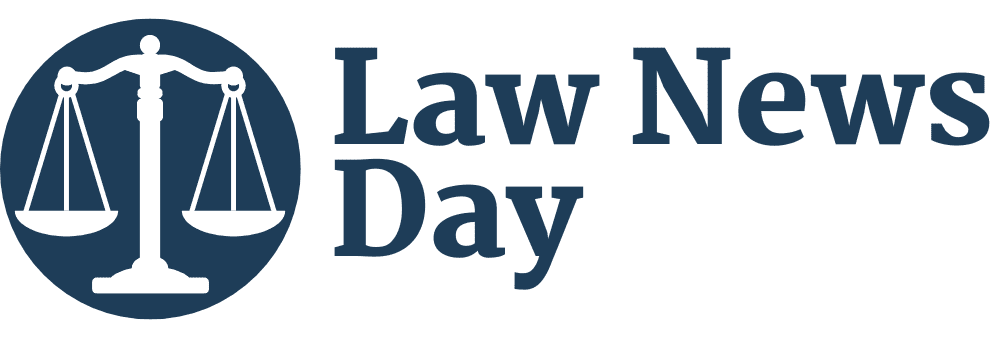A column by Felicity Gerry KC.
The recent sentencing of British art dealer and BBC antiques expert Oghenochuko Ojiri has drawn attention across legal, cultural, and commercial circles in relation to the duties to report art collectors. Ojiri was convicted under section 21A of the Terrorism Act 2000 for failing to make a relevant disclosure during his business selling art and antiquities.
Ojiri was sentenced to two and a half years’ imprisonment by a senior judge who accepted he did not himself hold extreme views but concluded he had prioritised profit over his responsibility as a regulated professional to make disclosures, suggesting the judge concluded he was more than a little suspicious. Such disclosures are a key method of helping to detect terrorism financing, in this case, where there was a suspected link between the proposed buyer and Hezbollah.
This case is legally significant and, in my view, a turning point for how we understand compliance obligations in the intersection between art, financial crime, and terrorism law. But it also raises important questions about legal complexity, proportionality, and the risk of draconian consequences.
A Complex Offence, Not a Clear-Cut Crime
This is said to be the first prosecution under section 21A which applies to those in the regulated sector who know or suspect that they may be dealing with someone who is linked to terrorism and fail to make a disclosure to the authorities.
What is critical, and often overlooked, is that the offence is about omission, not commission of a terrorism crime. It criminalises inaction in the face of a suspicion, not necessarily wrongdoing or intent. Notably here, it has led to the imprisonment of an art dealer for selling to an art collector who no doubt does not define himself as a terrorist but has been identified as such by US authorities who notified the UK.
Ojiri’s conviction does not rest on any evidence that he supported, funded, or was even fully aware of terrorism-related conduct. Instead, it hinges on whether he should have reported and failed to do so. The legal threshold can be reached when websites show lists of people sanctioned, but not every state is consistent in who it sanctions, and in some cases, omissions may be difficult to interpret in practice, especially where commerce and culture are part of everyday professional life.
Who Is a Regulated Professional?
The duty to disclose suspicions of terrorist property applies to a wide and often misunderstood group of professionals, including art dealers and galleries engaging in transactions over a certain threshold, lawyers and notaries involved in company formation, property, or trusts, accountants and tax advisers, estate and letting agents and, of course, financial institutions, investors and crypto platforms.
As professionals in these fields, like Ojiri, are increasingly drawn into transnational and digital transactions, the expectation to act as a barrier against financial crime and terrorism is expanding. But for individuals, the boundaries may not always be clear.
Understanding Suspicion: More Art Than Science?
The legal test for the duties, knowing or suspecting, is deceptively simple. But in practice, it’s hard to know when a suspicion crystallises, and even harder to judge what a reasonable professional should have done. In allegations at the intersection of art law, sanctions, and criminal liability, it may well be difficult for professionals to navigate their duties, especially where transactions involve offshore or opaque ownership structures, clients are wealthy, high-profile, or politically connected, and cultural or artistic value may mask or distract from financial scrutiny.
In these contexts, the line between poor due diligence and criminal liability is currently very thin indeed. Duties can arise relatively easily and be breached with the consequences Ojiri’s case has exposed. Art dealers and collectors now need those of us who specialise in the commercial and criminal overlap on speed dial.
Sentencing and the Broader Impact
Ojiri’s sentence is perhaps classically British, notable not only for its length but for its lack of nuance. Judges rarely consider policy questions like “When should commercial professionals face criminal sanctions for compliance failures?” Community penalties are woefully underused in this area, where deterrence is still the mantra. A more imaginative approach from governments could also be the extension of deferred prosecution agreements, available for businesses that identify bribery and corruption, but still not used for individuals.
Instead, where business people are labelled with terrorism-linked convictions, despite not engaging in terrorism themselves, the serious reputational consequences may dissuade others from engaging in international commerce, cause bias in the art market, or, conversely, push genuinely dodgy behaviour further underground.
Social Media Sellers and Antiquities
While Ojiri operated in the regulated sector, it is important to acknowledge the growing volume of unregulated art and antiquity transactions, particularly on platforms like Instagram, TikTok, and encrypted messaging services. These “Insta-sellers” may already have a reporting duty depending on the financial threshold of their transactions and are not beyond scrutiny. As the policing of art gathers focus, these informal marketplaces may become the next frontier for compliance enforcement.
Ultimately, the publicity around Ojiri’s case may result in an increase in professional training and encourage open discussion around legal thresholds and best practice. It may also promote positive encouragement for legal advice as a tool for compliance, before there is a need for a defence. It should also lead to the development of less draconian sentencing frameworks that reflect both deterrence and fairness. Ultimately, the law must evolve to recognise the realities of modern commerce and the intricacies of professional judgment.
Felicity specializes in the intersection between art and law. Read her article on the Koh-i-Noor here.










